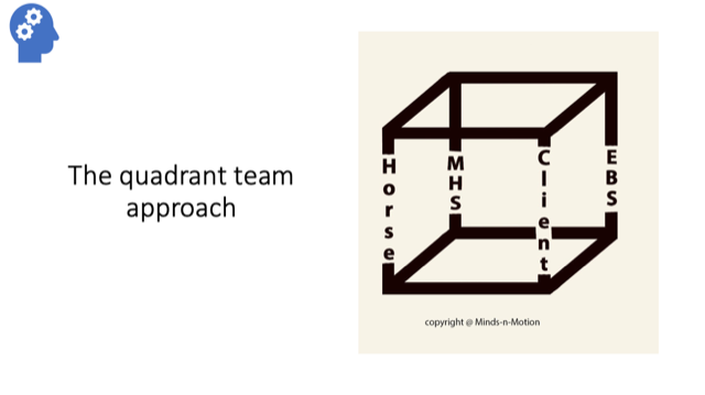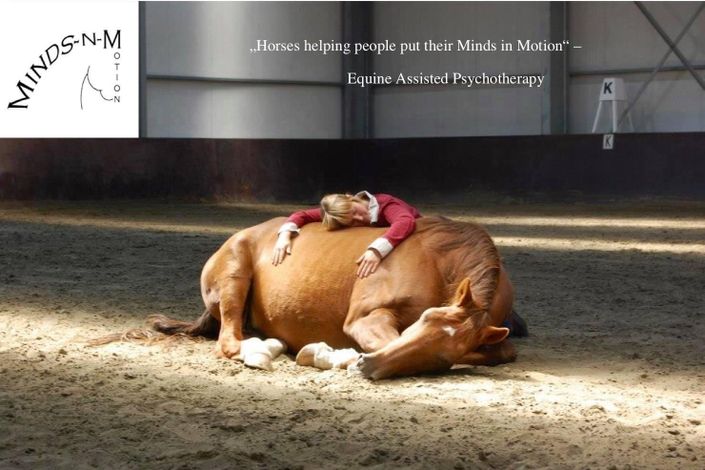
Working with military personnel poses a different set of challenges compared to working with civilians.
Not all of that has to do with PTS(d). There are a number of "knowns" and "unknowns" that one does not learn in school: the military itself is a large organization. Its setup differs largely from civilian organizations.

Structure and Culture
"Brat" - IED - "no-go" ... the military has its own language, culture and structure. As an outsider, it is hard to understand if you don't know the basics.
Will you allow weapons on your premises?
Learn the "do's" and "don'ts", potential triggers and "no-go's" when working with military personnel and their families.

Exclusive Interview with a Vietnam Vet
Most Vietnam Vets do not speak about their experiences. One of our friends was kind enough to speak with us.
Example Curriculum
INTRODUCTION TO EQUINE ASSISTED PSYCHOTHERAPY WHEN WORKING WITH MEMBERS OF THE ARMED FORCES
Available in
days
days
after you enroll
Working with the Members of the Armed Forces
Available in
days
days
after you enroll
- (2) VIDEOS: Working with the Military: A "Foreword" and Disclaimer (6:02)
- VIDEO: An Introduction to the Military (5:58)
- VIDEO: The Military Structure (32:05)
- VIDEO: The Downward Spiral (12:06)
- VIDEO: Lifeframe and Triggers - Trigger Potential (14:49)
- VIDEO: PTS(d) in Civilians and in Military Service Members - A Comparison (19:59)
- VIDEO: Who Gets "It"? (19:28)
- VIDEO: Diagnostics: Combat Related PTS(d), Moral Injury and TBI (45:31)
- VIDEO: Often overlooked: The Military Family (17:53)
- VIDEO: Finally: The Soldier/Veteran in the Therapeutic Setting (33:30)
- VIDEO: Up Close and Personal: A look at Vietnam Veterans (46:04)
- DISCUSSION BOARD: Your Input?
SECTION 10: CONCLUSION: PART 1 OF MODULE 1
Available in
days
days
after you enroll
Interested in pEATT or other courses?
Check your inbox to confirm your subscription




